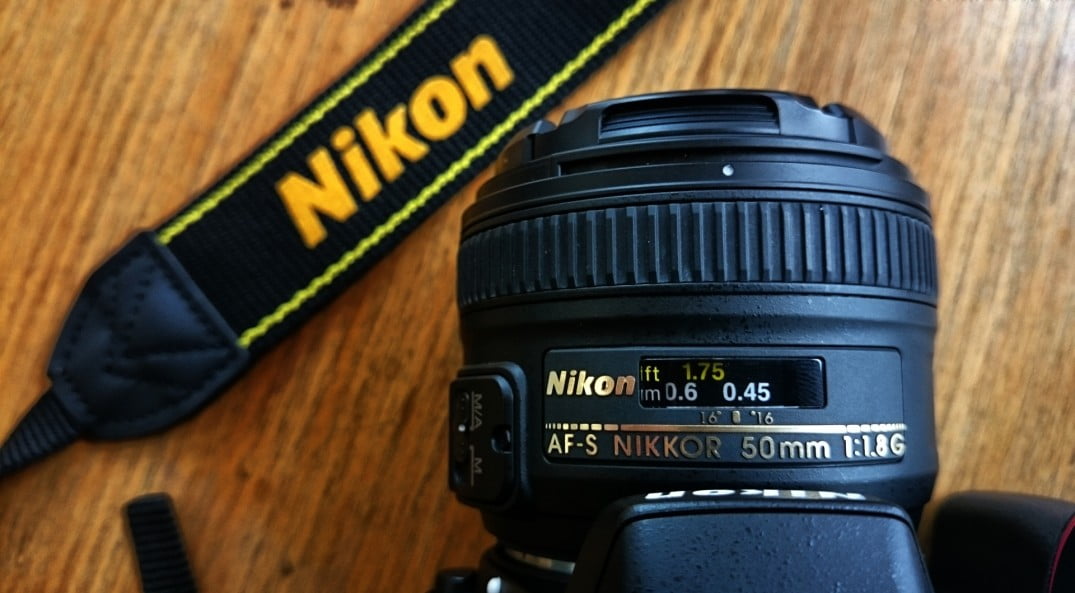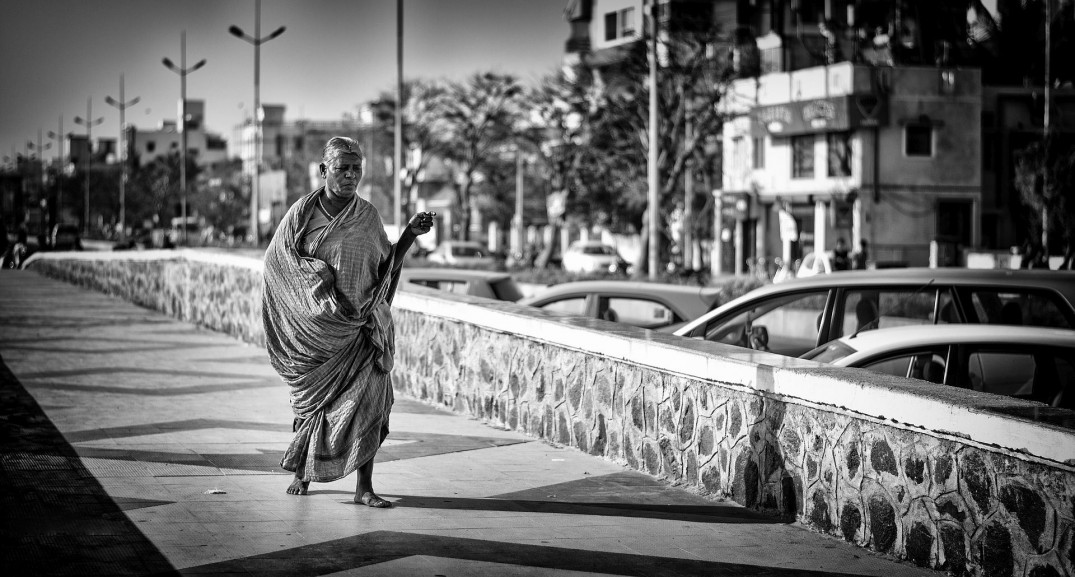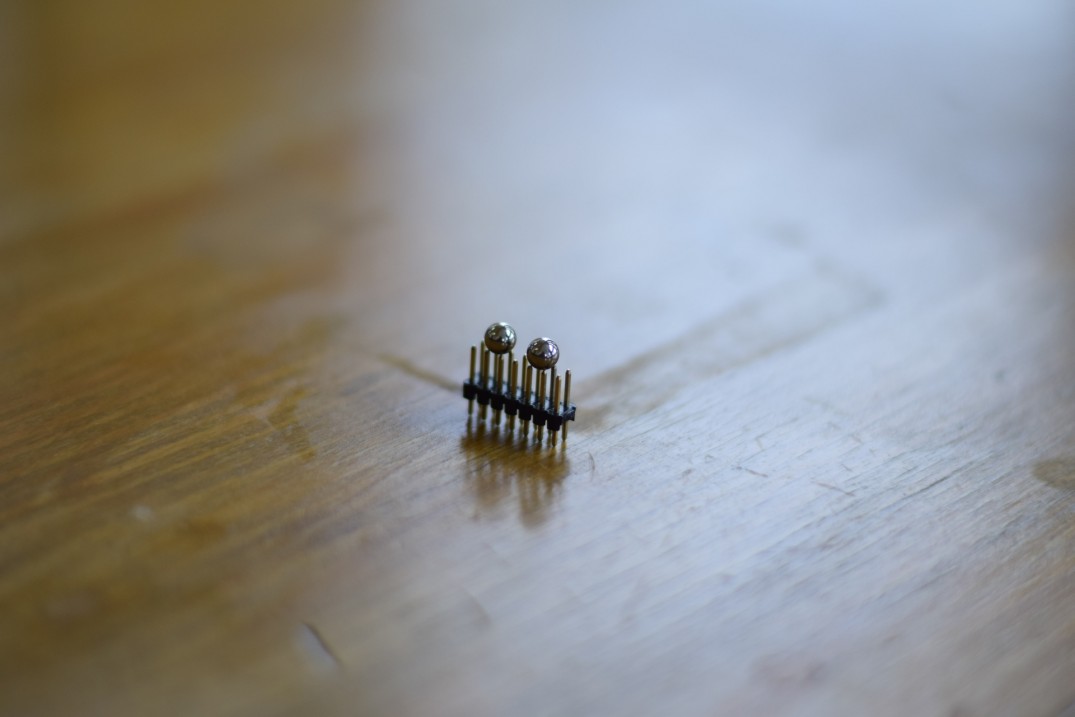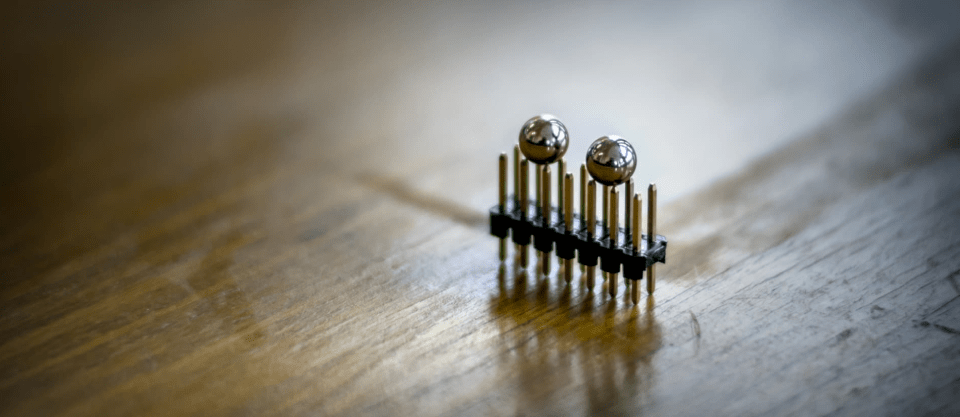Why Should you Invest in a Prime Lens?
My personal favourite
There is a reason why these type of lenses are called “Prime”. In the world of photography, it is a primary part of any photographer’s lens collection, as it delivers high quality images and gives you a wide aperture range. Just fix one on to your DSLR and start shooting and you will see the results for yourself.
What makes a prime lens, prime?
Like any other lens that you can think of, a prime lens has its own characteristics. These factors make a prime lens stand out from the slew of other lenses.
- Focal length: The first thing that you will notice about this lens is that, unlike other lenses, which have a range of maximum and minimum focal length that you can vary, this one is fixed to one particular focal length.
- Aperture: Prime lenses can have very huge apertures compared to other lenses.
- Depth of Field: With great aperture, comes great Bokeh. Bokeh is a Japanese term that denotes the way the lens aesthetically renders the out of focus points in a frame.

Fixed Focal Length
In technical terms, the distance between the lens and the point in front of the lens in space where the light converges is known as the focal point. This means all the points in front or beyond this point will not focus and will result in lens blur. This is also the reason for the shallow depth of field.
Since prime lenses have a fixed focal length, you will not be able to zoom in and out. You will have to move and position yourself or your subject to get the photographic composition right.
Massive aperture
The fixed focal length makes do with the clunky zoom in and out mechanism. However, their huge aperture sizes do more than just compensate for having a fixed focal length.
The maximum aperture range starts at f/1.8 or even f/1.4. That means during a clear day light, you will be able to shoot at shutter speeds beyond 1/1000th of a second at ISO 100 thus resulting in very sharp, very clear images. Even during twilight situations, you will be able to shoot at 1/125th of a second, which is still a safe range for hand-held shooting.
Bokeh
Bokeh effect works great especially in portraits. Have you ever seen those fantastic portrait shots in magazines? The ones that have their subject in focus but the background appears to have disappeared into a pleasing blurry evanescence. With a prime lens, taking such shots will be as easy as shooting from a point and shoot camera.
The massive 1.4 aperture makes it very easy to keep the object alone in focus and blur all the other background and foreground points thus creating a very tight and shallow depth of field. Even at f/1.8, this still works great.
Uses of a prime lens
Having a fixed focal length, one might think that the prime lenses will lack in utility. You may think that it is probably only for some specific shooting needs. However, that is not the case. There is more to a prime lens than what meets the eye.
Portrait photography
Personally, I feel this is the number one use of a prime lens. The moment I have to shoot a portrait, the first thing I do is fix up a prime lens on my camera. Portrait photography is all about getting the model’s vision in focus and a prime does just that for you. Set the focus point on the eye of the model and let the auto focus do the rest of the work.

This was shot at f/2.2, 1/250 shutter speed and ISO100. All I did was asked my colleague here to pose, focused on his eye and viola, easy portrait shot.
Freeze motion
Since the large apertures allow a lot of light, you have a lot of room to crank up the shutter speed of the camera. Now that you will be able to shoot at 1/1000th of a second in the broad day light, it makes it a lot easier to freeze motion. This is especially handy while shooting outdoor events, street photography, kids, babies, etc., where you cannot really have a control of people’s motion. Thank god for prime lens.

It was a busy Sunday morning and this lady was walking in my direction. At that point of time I could somehow manage to keep everyone else out of the frame and capture this. Shot it at 1/4000th shutter speed, ISO100, F/1.8.
Macro photography
Shooting images of still tiny objects is very much possible with a prime lens. Flowers, coins, miniature models of cars, people, etc., are all very interesting objects that you can try to shoot with a prime lens. You might want to crop the image closer to get a better composition in post processing. Take this image for example.

Just a a couple of ball bearings and some electronic chip that I found lying on the floor. I propped them up on my desk and shot this with my 50mm prime. Captured it at 1/400 shutter speed, ISO 200, f/2.0.
I did shoot this with my prime lens but that’s not how it looked like. This here, is the original image.

Just a few RAW adjustments and most importantly, cropping and straightening the image, did the trick.
Too much of a good thing
…is a bad thing, right? That applies to our prime lens too. The big aperture size can sometimes cause an overload in the output of our images; however, there are ways to tackle this.
- While shooting portraits, keep your distance from your subjects. If you absolutely have to get close, make sure you turn down the aperture size to a 2.8 or 3. When you are focusing on the eye of your model, remember that the tip of the nose lies in the foreground and that may lead to a blurred nose tip in your image.
- If you are shooting under bright sunlight, you might end up over exposing your images. To battle this, you will simply have to increase the shutter speed of the camera. You can safely increase the shutter speed up to 1/2000th of a second or even more to cut the amount of light coming in. Alternately, you can also try decreasing the aperture size a bit.
- While trying out the macro possibilities of a prime lens, the camera might fail to auto focus when you get too close. For this, just position yourself a bit far from the subject and crop the image later in post processing to get the desired composition. If you must get close to the subject, use manual focus on the lens and adjust the focus ring. Prime lenses fail at taking macro shots of insects mostly because you will end up scaring them away at such a close distance with your camera.
How about you?
Are you a fan of the prime lens too? If not, then you probably haven’t used one yet. If you are skeptic, check if your friends have one and try it on for yourself. There is no way you will turn down the idea of getting one for your self once you have a taste of it.
Images by Irfan Hussain
Looking to sharpen your photography skills? Join our top-rated online photography course today!




